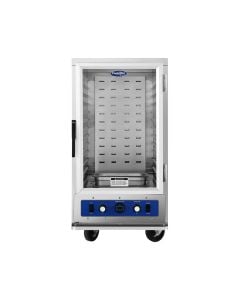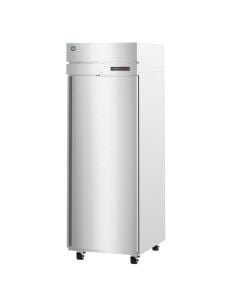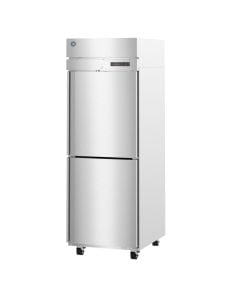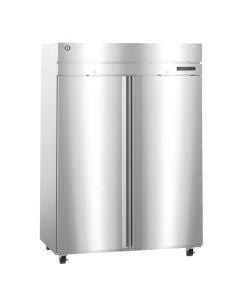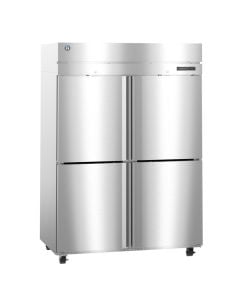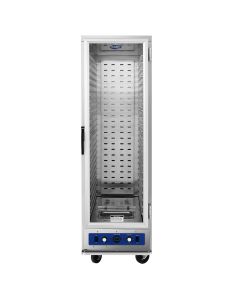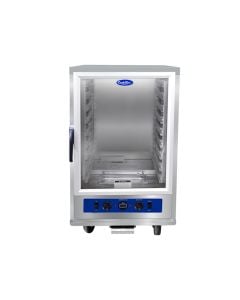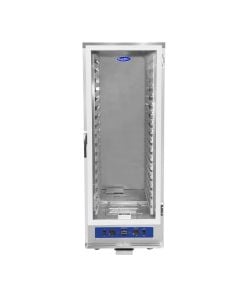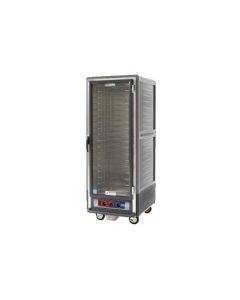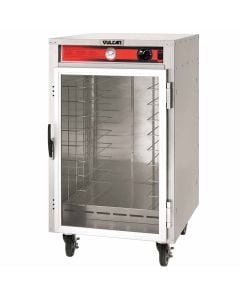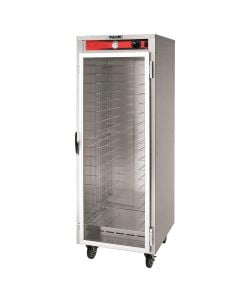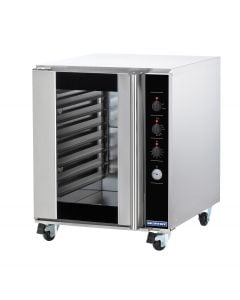Proofing & Holding Cabinets
Do you own a catering business, restaurant, bakery, or any other food-service establishment? Choose from a wide variety of proofing cabinets to help you produce perfectly risen dough, and holding cabinets that ensure food is maintained at the perfect temperature. These cabinets are designed to meet the needs of any professional kitchen.
What Is a Proofing Cabinet?
A proofing cabinet, usually known as a bread proofing cabinet, is used by commercial bakeries and other food-service establishments that use dough to bake loaves of bread. A proofer cabinet works by helping achieve the perfect rise in the dough and bread products. This is possible because the proofing cabinet precisely controls the humidity and temperature levels to help bread dough rise in order to produce perfectly baked loaves of bread.
Proofing cabinets are sometimes called a dough proofer or dough retarder. A dough proofer or proofer cabinet is essentially a chamber that encourages fermentation of dough by yeast with the help of warm temperatures and controlled humidity. The warm temperatures help increase the activity of the yeast, and this results in an increase in production of carbon dioxide, which results in a higher and faster rise of the dough. Typically, the dough is allowed to rise in the proofing cabinet before being baked in an oven. In contrast to a proofing cabinet, a dough retarder is a kind of refrigerator that is used to control the fermentation of yeast when proofing dough. Lowering the temperature of the dough produces a slower, longer rise (compared to a faster rise in a proofing cabinet) that results in more complex flavors. This method is popularly used in sourdough bread-making because cold decreases the activity of wild yeast relative to the Lactobacilli, which produce flavoring through different types of acid, thus making the dough sour.
What You Should Consider When Choosing a Proofer Cabinet
When shopping for proofing cabinets, owners of commercial food-service establishments should determine first and foremost the sizes of cabinets that will fit their kitchens. The size of a proofer cabinet can range from relatively smaller undercounter units to full-sized models as big as closets. These larger proofing cabinets are able to accommodate entire racks of bread dough.
Bigger bakeries often choose very large proofer cabinet units that can proof several dozen dough trays on mobile racks.
What Is a Holding Cabinet?
A heated holding cabinet is a must for food-service establishments that serve food in banquets, dinners, and outdoor parties. The food can be kept in trays and stored inside holding cabinets to help maintain the food temperature. Establishments that will benefit from food holding cabinet units are bakeries (which will find a hot holding cabinet for breads extremely useful), caterers (insulated food cart is a must), pizza places (which will benefit immensely from a pizza holding cabinet), and other food-service stores that want to keep trays of food in a conveniently accessible and portable space.
One thing to consider before going out to purchase hot holding cabinets is whether you prefer glass or solid doors. Heated holding cabinets that feature solid doors are generally considered more energy efficient, but several models of hot food holding cabinets that use glass doors are now as energy efficients as their counterparts. These kinds of glass-door holding cabinets typically use double-pane tempered glass.


